Ho Chi Minh City Ms. Man, 40 years old, has had chest and abdominal pain for the past year, especially when moving or changing positions. The doctor discovered fibrocartilaginous tumors and calcification of the sternum.
Previously, Ms. Man, a resident of Ba Ria Vung Tau, was diagnosed with mild gastritis but taking medication did not help. Recently, she has had frequent pain spreading to her back, accompanied by a burning sensation in her chest, insomnia, and examinations have not found the cause.
CT scan results at Tam Anh General Hospital in Ho Chi Minh City showed that the tip of the sternum was longer than 6 cm, the joint between the body and the tip of the sternum was calcified and there was a large cartilage mass, measuring 3x2x1.5 cm. On January 30, Master, Doctor Tran Thuc Khang, Department of Cardiovascular and Thoracic Surgery, Cardiovascular Center, said that this cartilage mass pushed the tip of the sternum backwards, causing pain.
The sternum consists of three parts: the handle (above), the body (in the middle), and the sternal notch (below). These parts are connected by semi-mobile fibrous joints. The sternal notch is usually small, long, and connected to soft tissue with many nerve endings. The rate of patients with pain due to the sternal notch (xiphodynia) is not clearly recorded, experts believe that this is a rare injury.
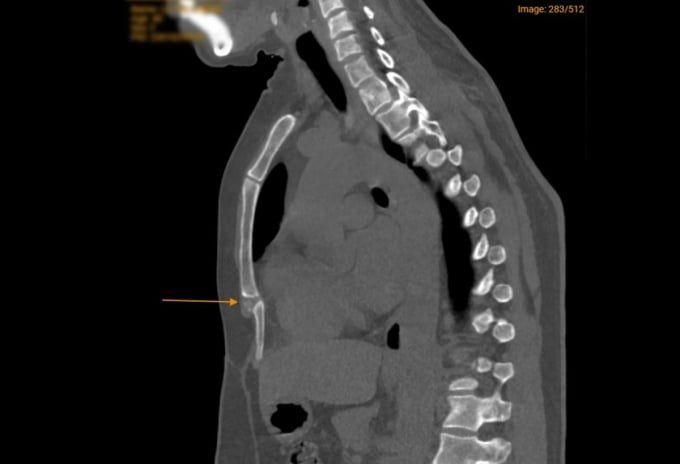
768-slice CT scan shows severe ossification of the patient's sternal joint and sternum. Photo : Tam Anh Hospital
MSc. Dr. Nguyen Hong Vinh, Department of Cardiovascular and Thoracic Surgery, Cardiovascular Center, said that sternum pain is often treated with internal medicine (painkillers, direct injections, hot or cold compresses...) and surgery. However, Ms. Man used three types of painkillers in combination for a long time but still did not get better. In addition, the sternum joint was ossified, so painkiller injections did not relieve the symptoms. The doctor decided to perform surgery to remove the sternum and the cartilage at the sternum joint.
After surgery, Ms. Man no longer had chest and abdominal pain, resumed normal activities, and was discharged the next day. Pathology results showed that the fibrocartilaginous tumor was benign.
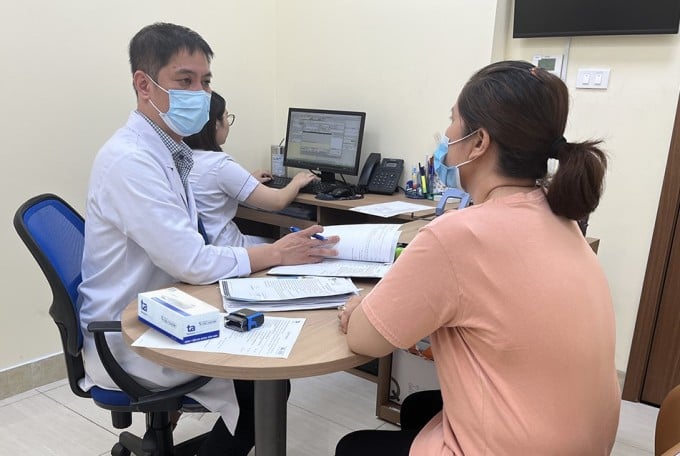
Doctor Vinh examines a patient after surgery. Photo: Tam Anh Hospital
If not detected and treated late, the pain will become severe, the patient will have to take a lot of medicine, and in the long term, it will cause complications in the stomach, liver, kidneys, etc. The inflammation in the sternum area will spread and damage the surrounding area, according to Dr. Vinh.
Doctors recommend that people with chronic pain in the chest and abdomen should see a doctor early for timely treatment.
Thu Ha
* Patient's name has been changed
| Readers ask questions about cardiovascular disease here for doctors to answer |
Source link


![[Photo] President Luong Cuong receives Ethiopian Prime Minister Abiy Ahmed Ali](https://vstatic.vietnam.vn/vietnam/resource/IMAGE/2025/4/16/504685cac833417284c88a786739119c)

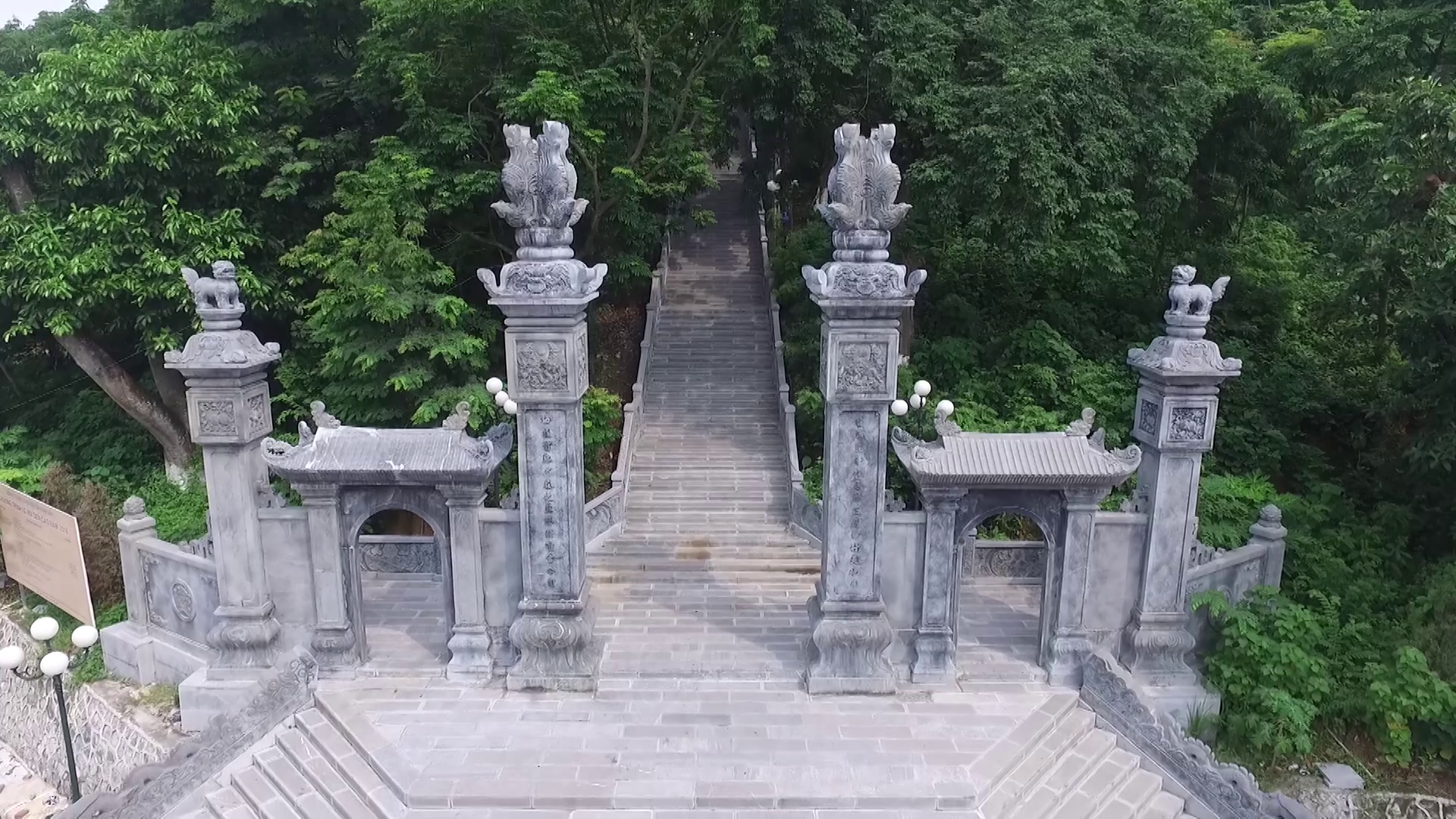
![[Photo] Many practical activities of the 9th Vietnam-China border defense friendship exchange](https://vstatic.vietnam.vn/vietnam/resource/IMAGE/2025/4/16/3016ed3ef51049219574230056ddb741)
![[Photo] National Assembly Chairman Tran Thanh Man meets with Ethiopian Prime Minister Abiy Ahmed Ali](https://vstatic.vietnam.vn/vietnam/resource/IMAGE/2025/4/16/c196dbc1755d46e4ae7b506c5c15be55)
![[Photo] Opening of the 4th Summit of the Partnership for Green Growth and the Global Goals](https://vstatic.vietnam.vn/vietnam/resource/IMAGE/2025/4/16/488550ff07ce4cd9b68a2a9572a6e035)



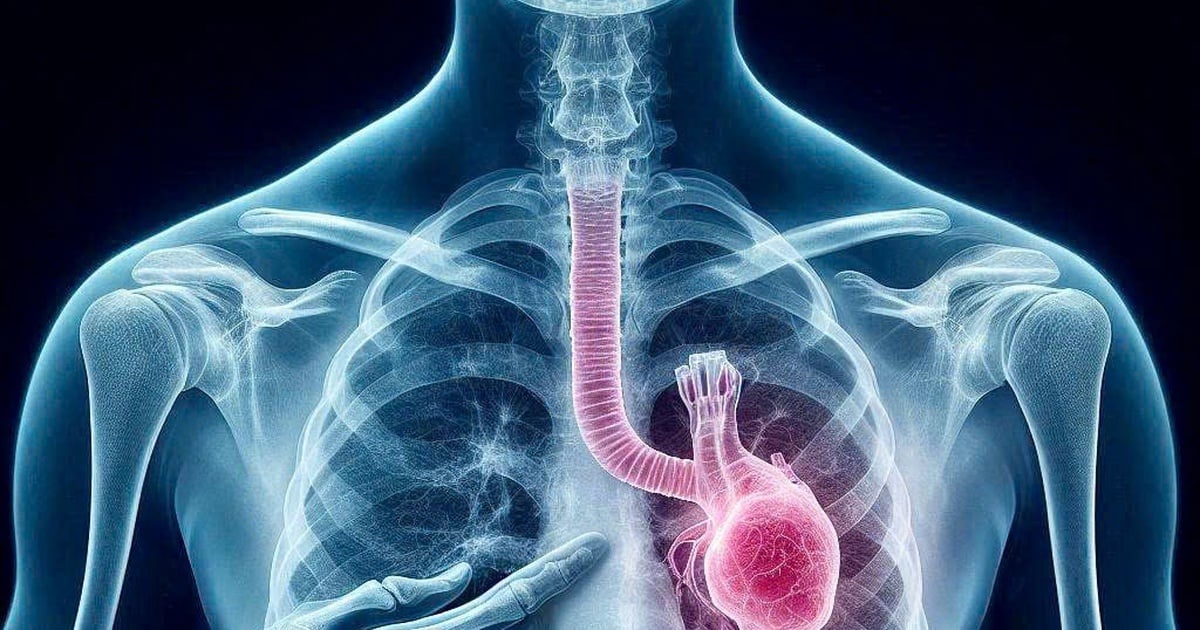
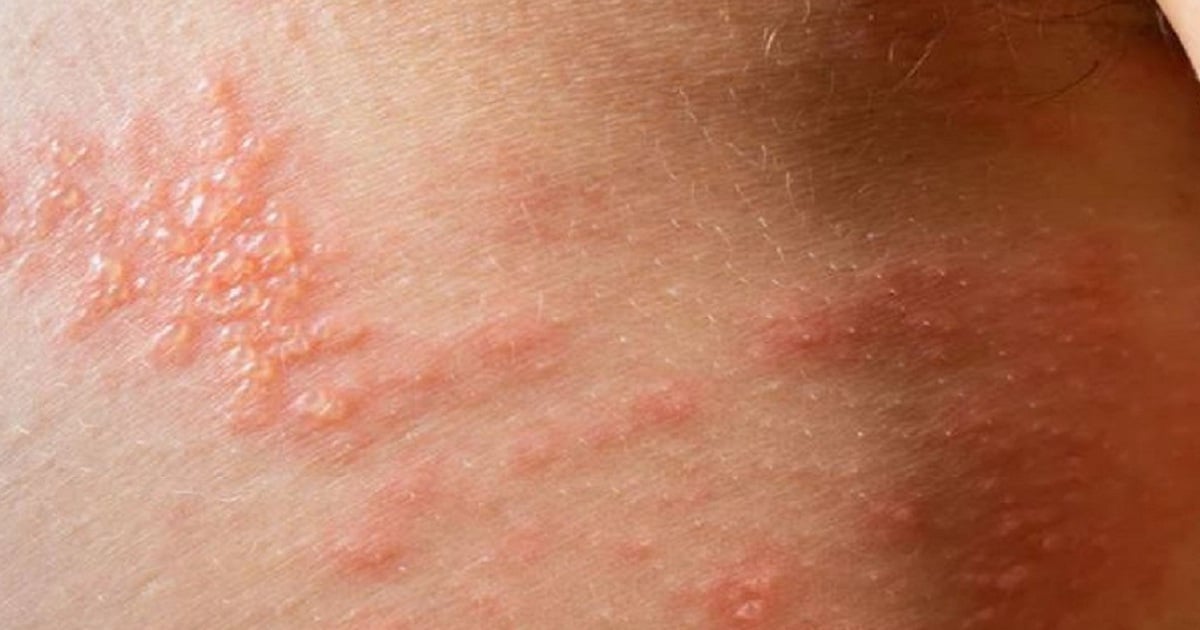
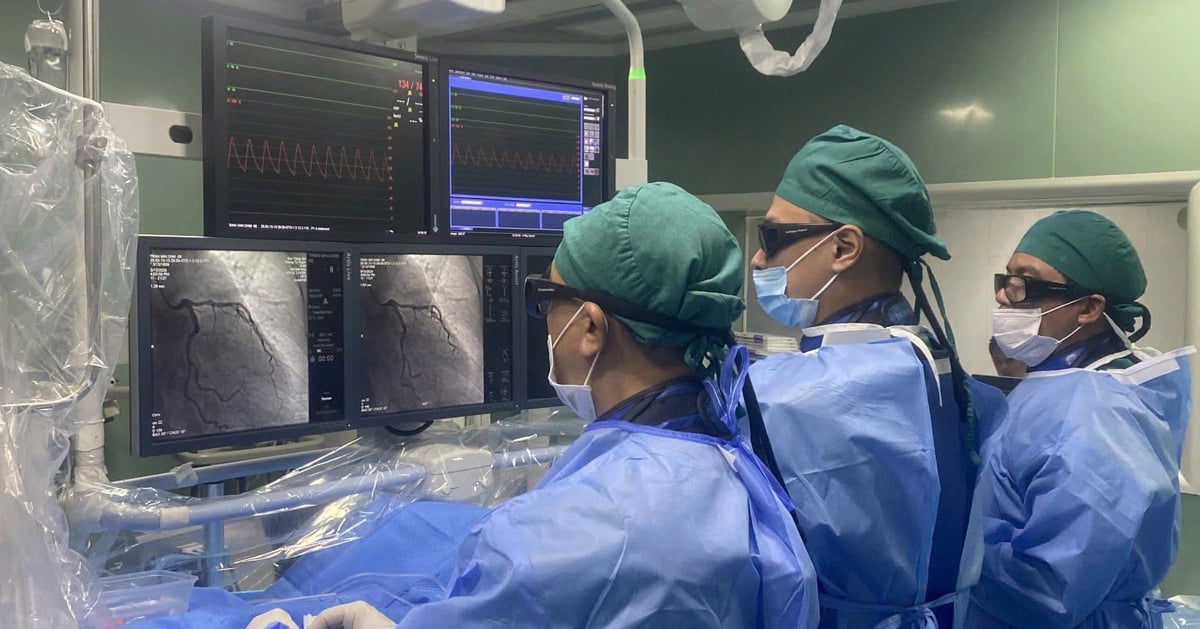




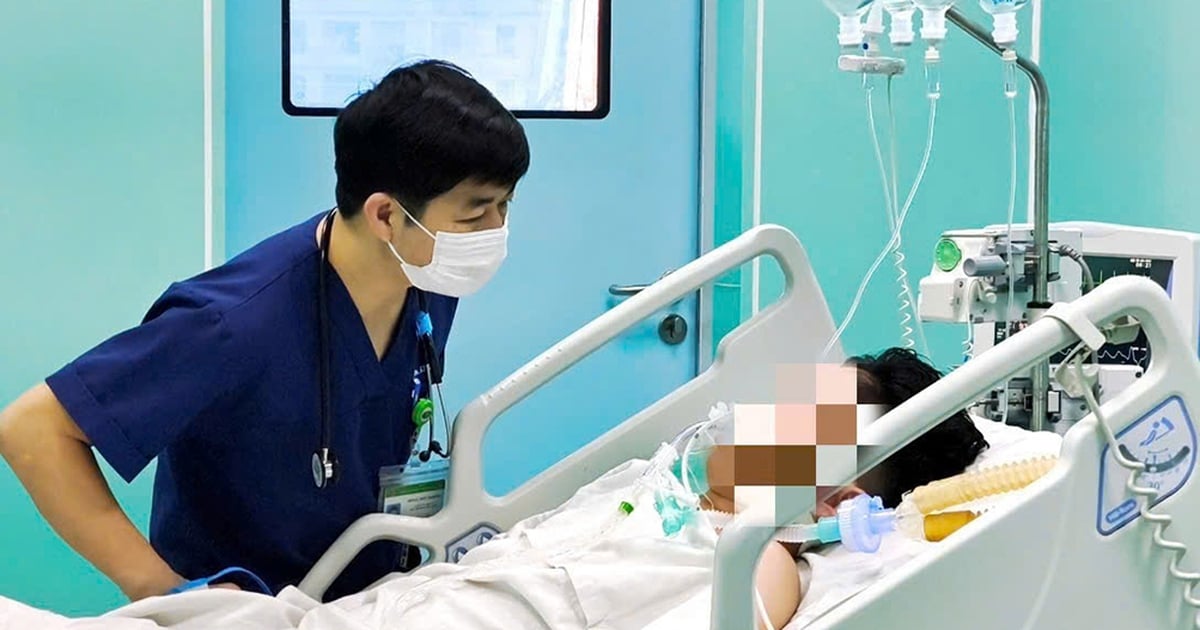
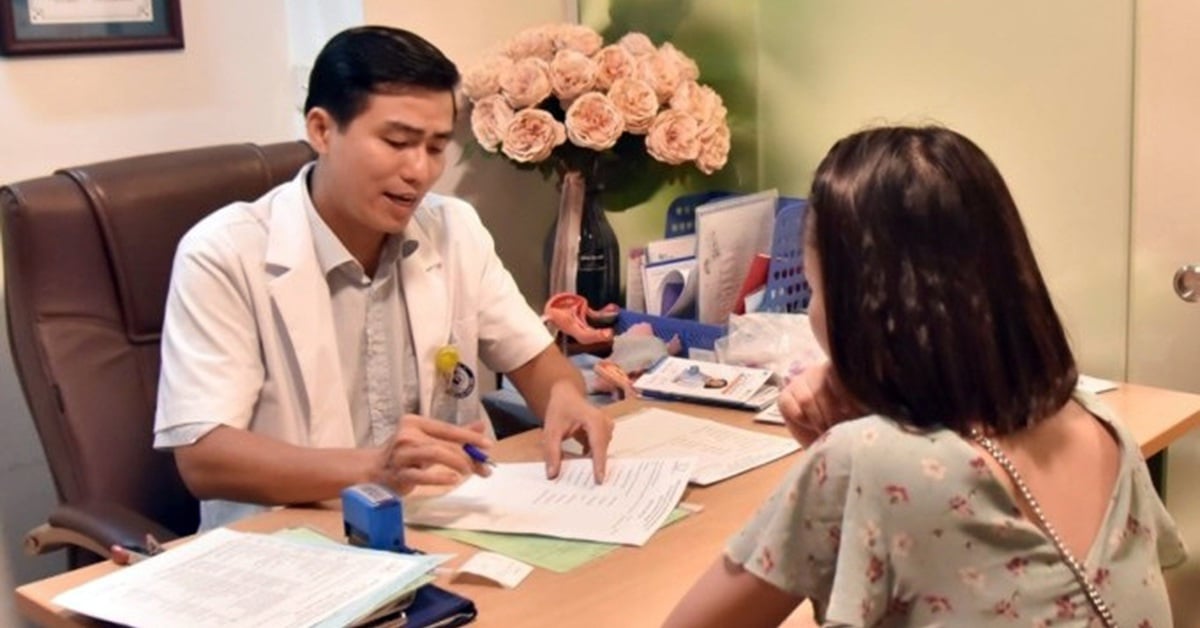








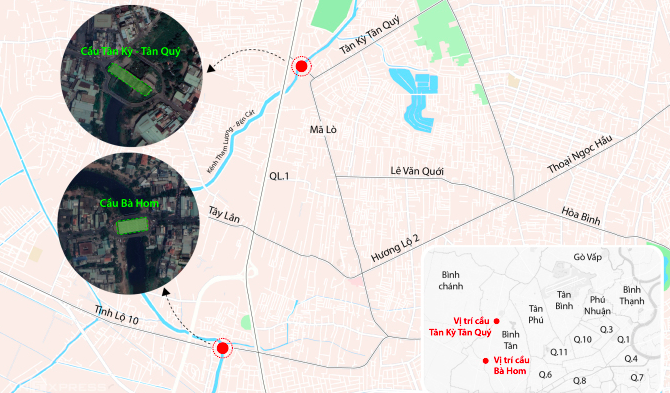


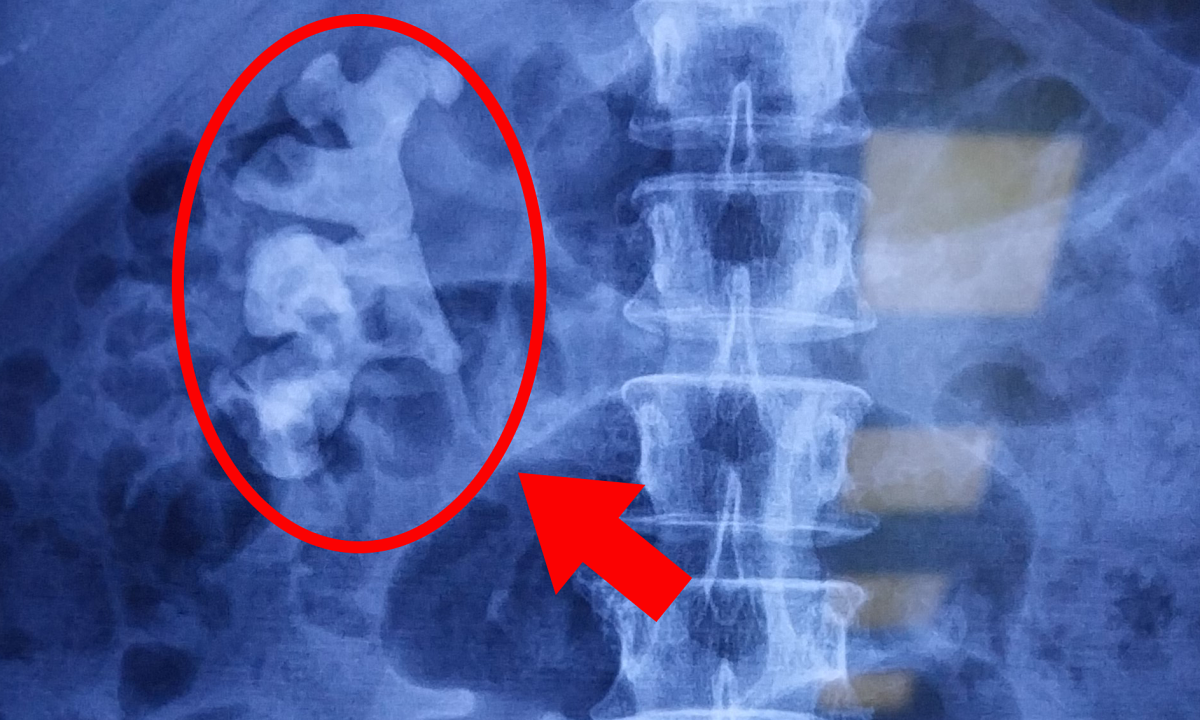

![[Photo] President Luong Cuong meets 100 typical examples of the Deeds of Kindness Program](https://vstatic.vietnam.vn/vietnam/resource/IMAGE/2025/4/16/ce8300edfa7e4afbb3d6da8f2172d580)




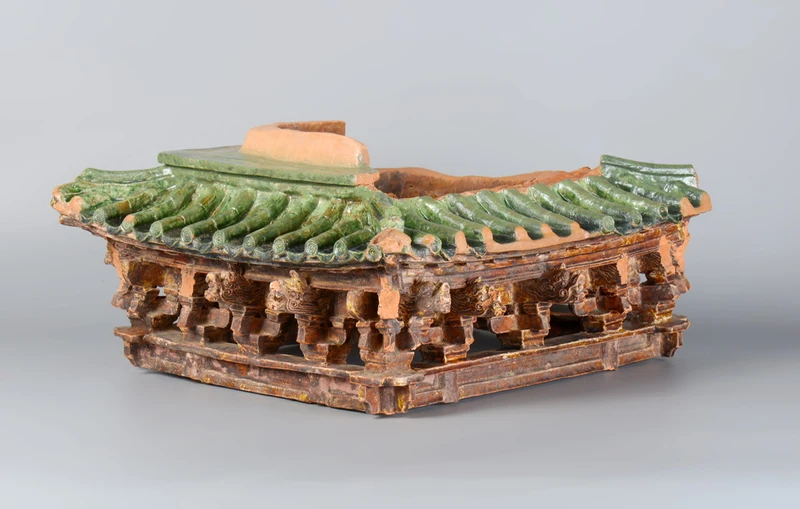


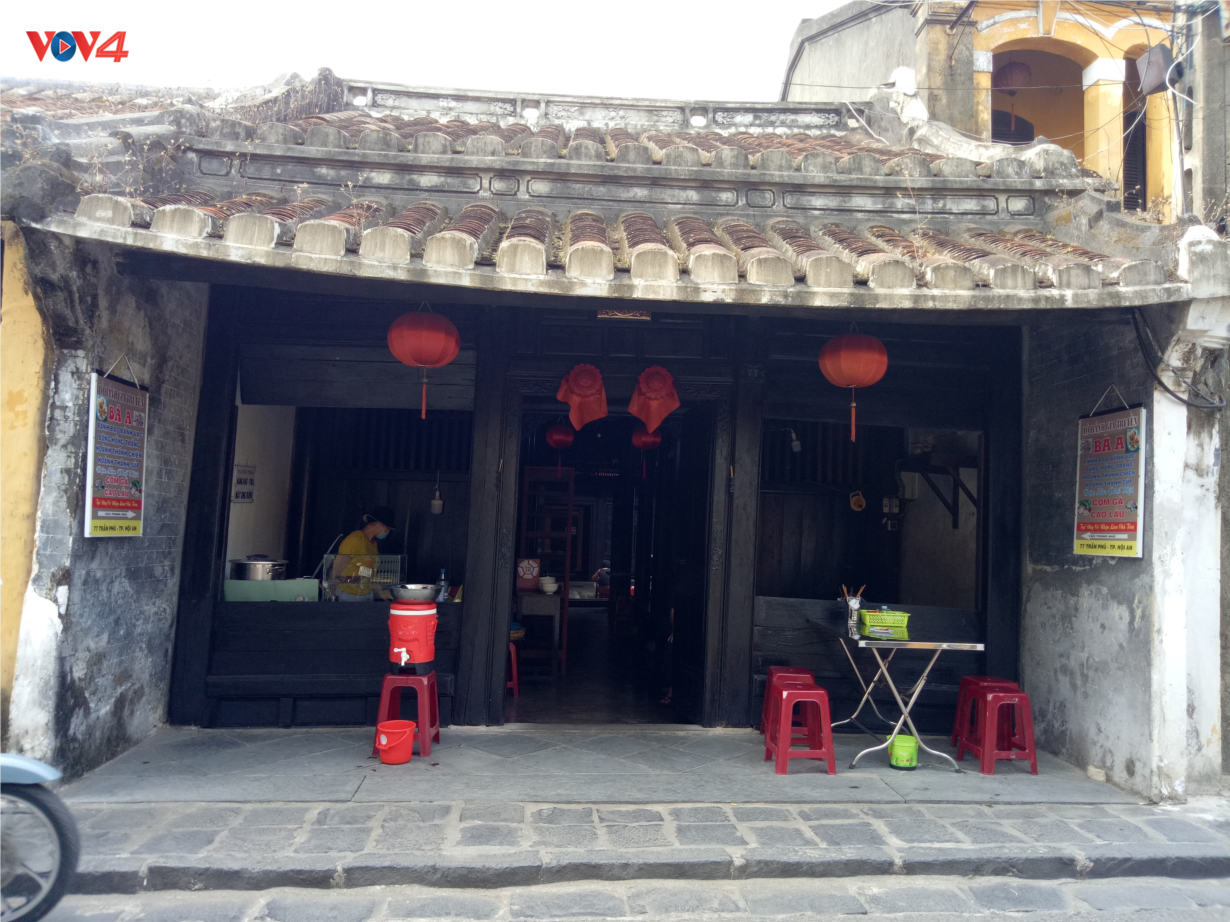





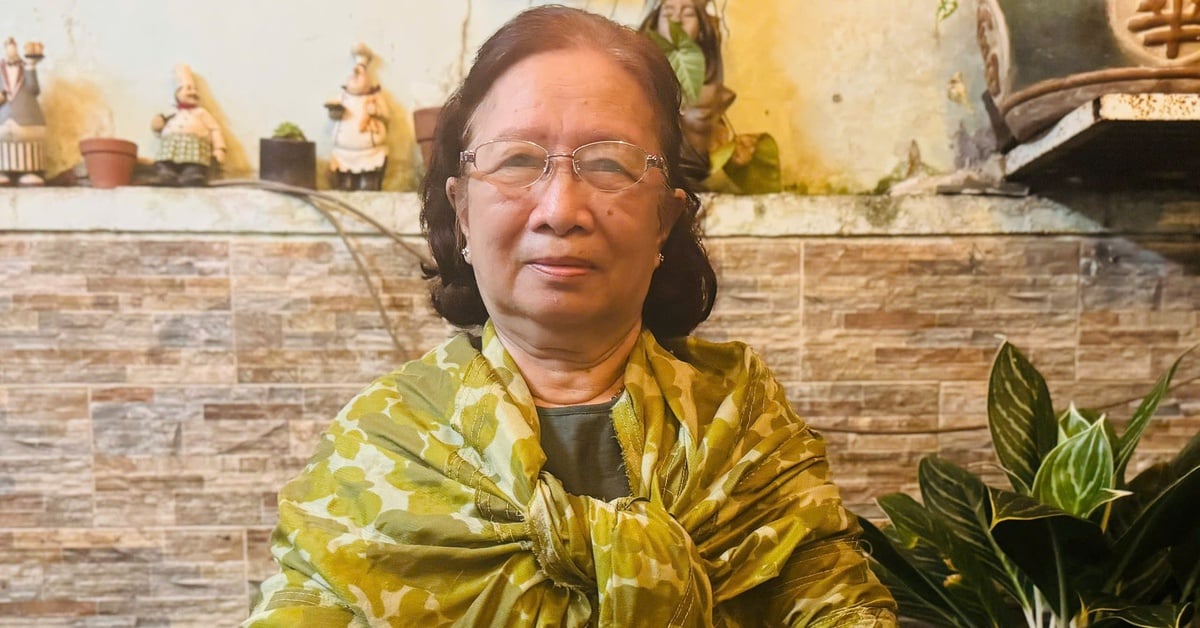
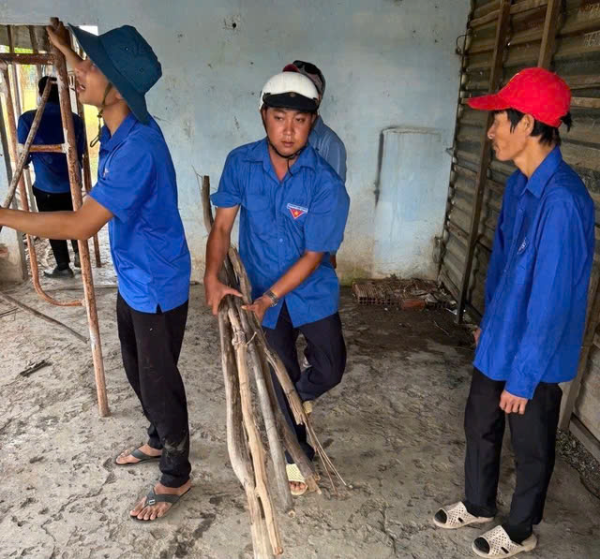


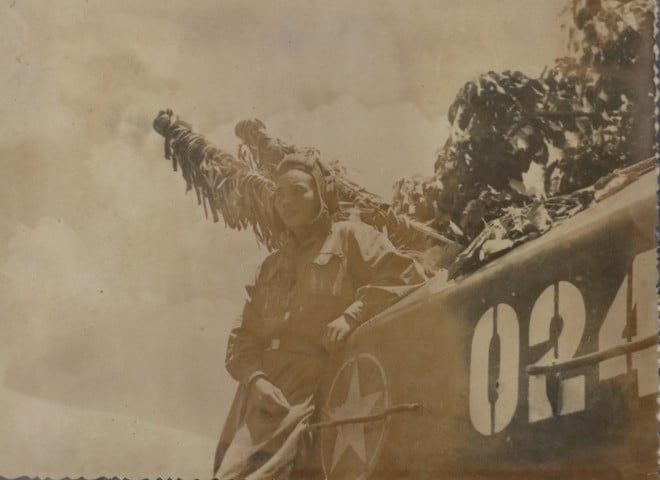
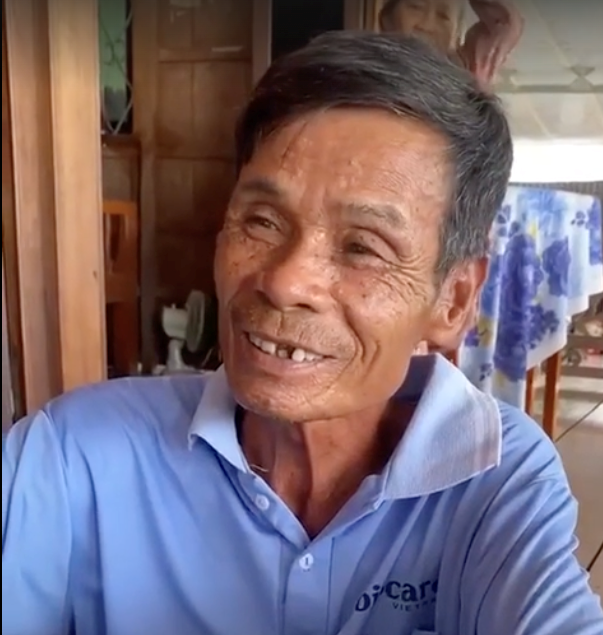











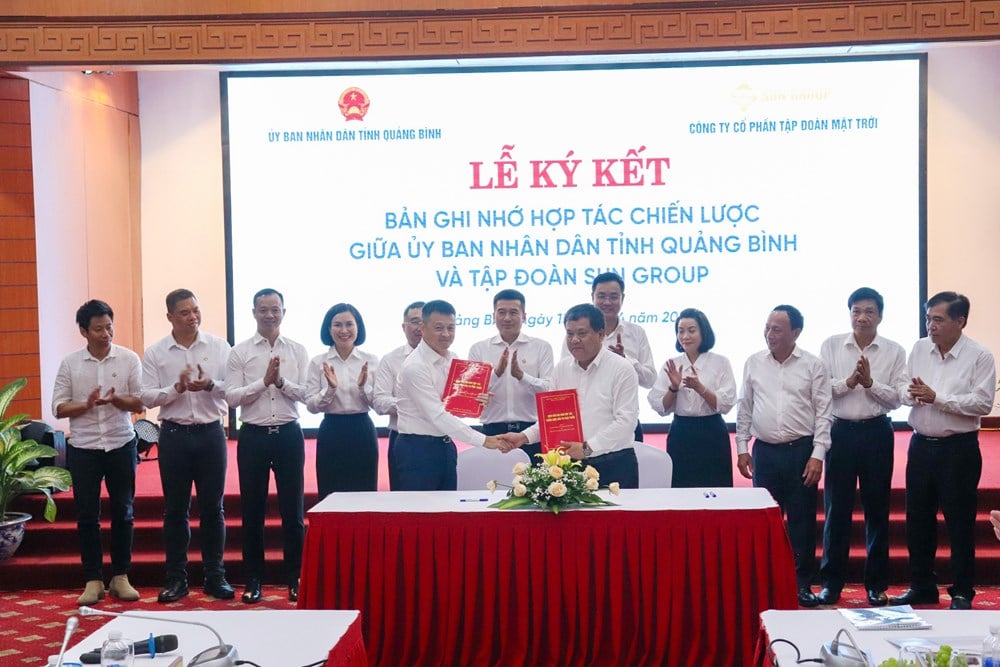



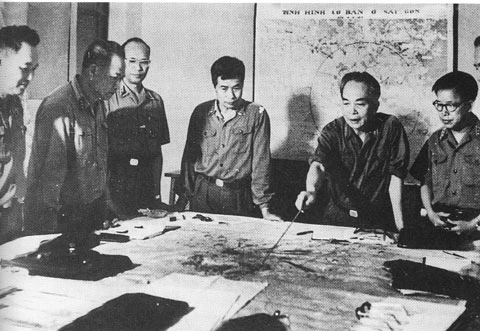



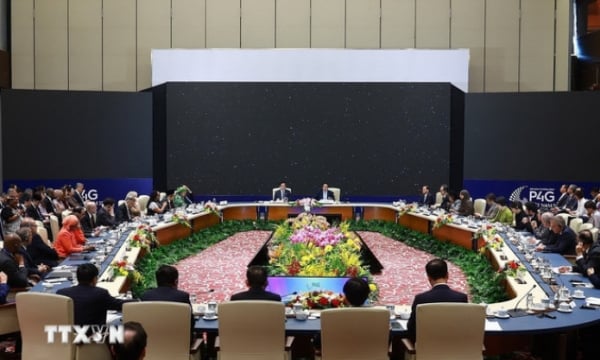
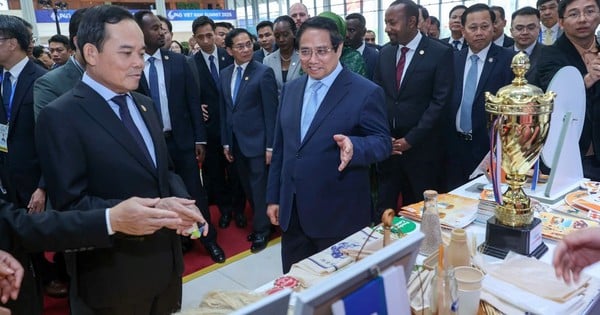

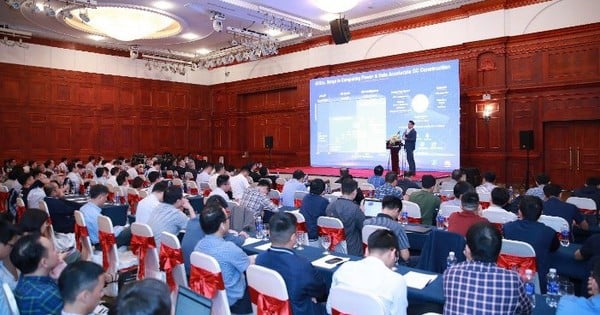








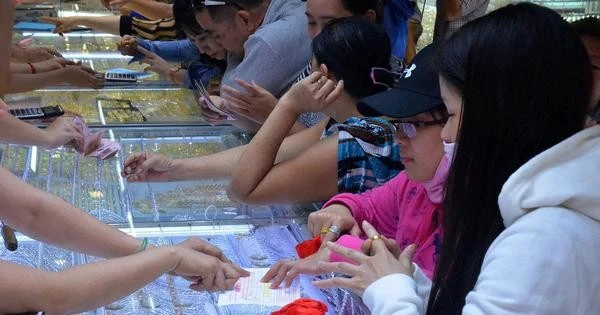

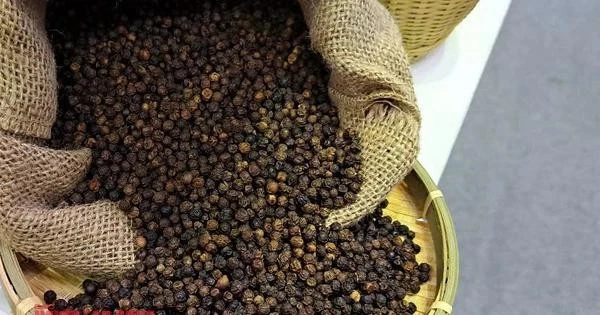




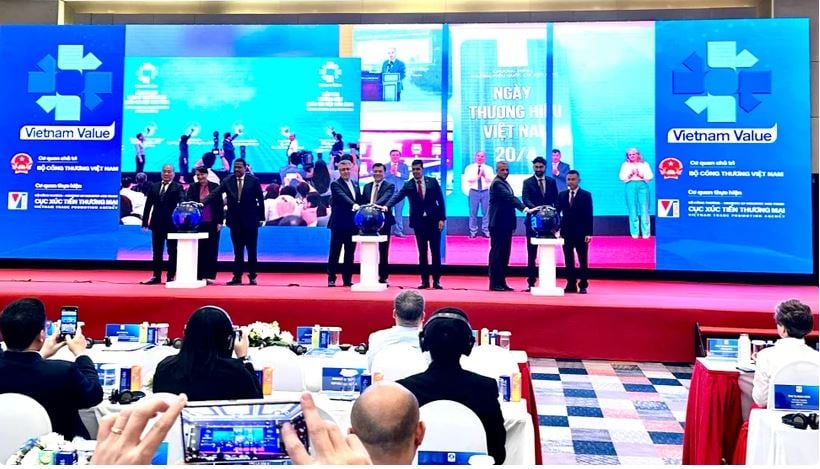








Comment (0)